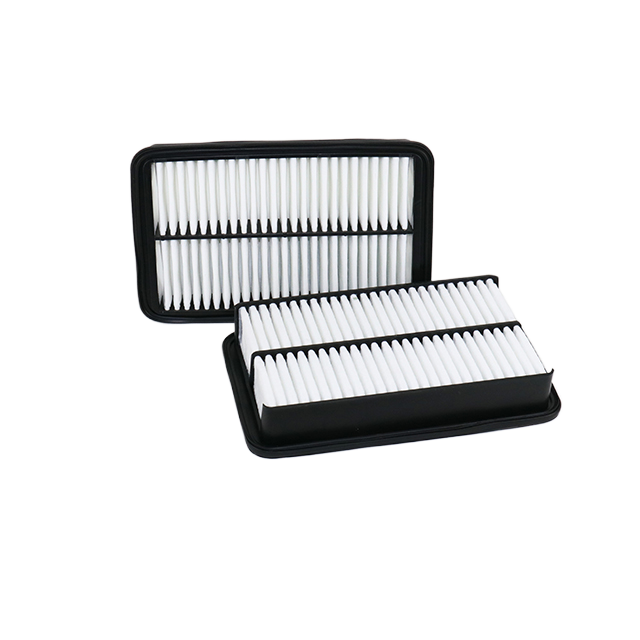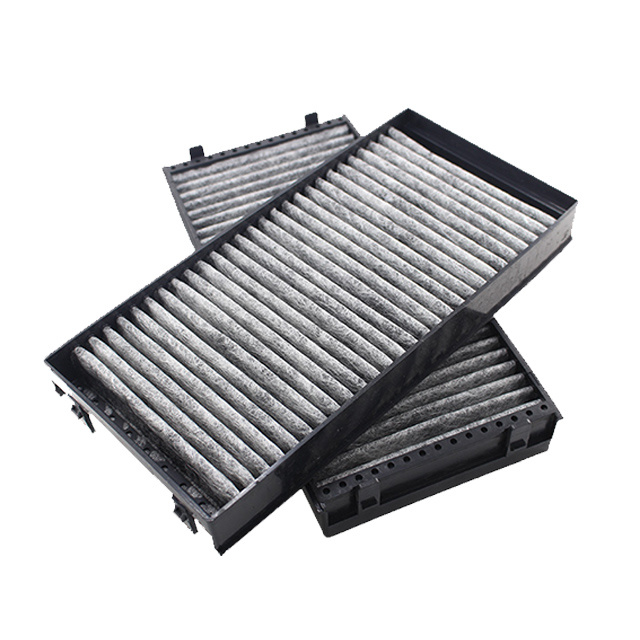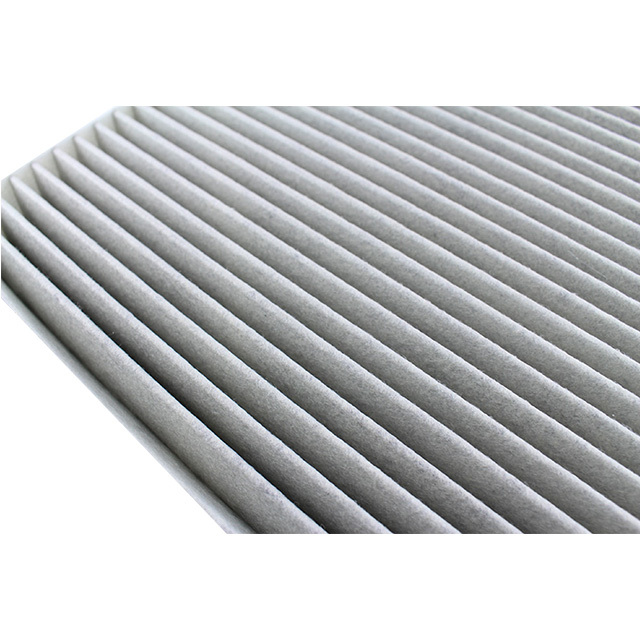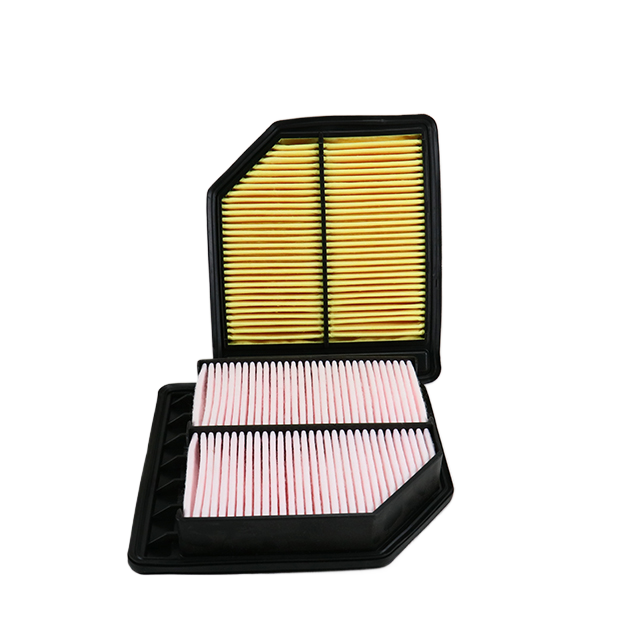Window Air Conditioner Filter: Essential for Clean Air and System Health
Release time:
30 Jul,2025
The window air conditioner filter is a critical component that often goes unnoticed, yet it plays a pivotal role in both the performance of the unit and the quality of air inside our homes.

The window air conditioner filter is a critical component that often goes unnoticed, yet it plays a pivotal role in both the performance of the unit and the quality of air inside our homes. Unlike central air systems, which have filters located in ductwork, window AC units house their filters within the unit itself, making them easily accessible but also easy to overlook. Understanding the function, types, and maintenance of the window air conditioner filter is essential for anyone relying on these compact cooling systems to stay comfortable during warm weather.
At its most basic level, the window air conditioner filter is designed to trap airborne particles as they are drawn into the unit. When the AC runs, it pulls in warm air from the room, passes it over the evaporator coil to cool it, and then circulates the cooled air back into the space. As the warm air enters the unit, it first passes through the filter, which catches dust, pet hair, lint, pollen, and other contaminants. This not only prevents these particles from accumulating on the evaporator coil but also ensures that the air blown back into the room is cleaner. For individuals with allergies or asthma, a properly functioning window air conditioner filter can make a significant difference in reducing symptoms by minimizing the presence of irritants in the air.
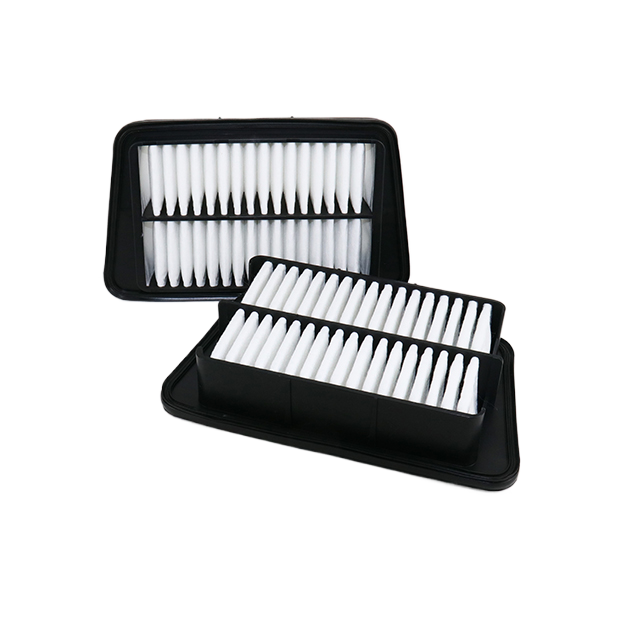
The types of window air conditioner filters vary in material and efficiency, each suited to different needs. Fiberglass filters are the most common and affordable option. They consist of layered fiberglass mesh that traps larger particles, though they are less effective at capturing smaller contaminants like mold spores or smoke. Pleated filters, made from polyester or cotton, have a larger surface area due to their folded design, allowing them to catch more particles without restricting airflow. They offer better filtration than fiberglass and are a popular choice for those seeking improved air quality. For even higher efficiency, some window AC units can accommodate HEPA filters, which capture 99.97% of particles as small as 0.3 microns, including bacteria and viruses. However, HEPA filters may restrict airflow in some window units, so it’s important to check the manufacturer’s recommendations before using them.
Maintaining a window air conditioner filter is a simple task that yields significant benefits. The frequency of cleaning or replacement depends on usage and environmental factors. In general, filters should be checked every two to four weeks during regular use. Homes with pets, smokers, or high levels of dust may need more frequent checks—sometimes as often as once a week. Cleaning a reusable filter (common in many window units) involves removing it from the unit, rinsing it with warm water to dislodge debris, and allowing it to dry completely before reinstalling. Disposable filters, typically made of fiberglass or pleated materials, should be replaced when they appear dirty or clogged. Neglecting this maintenance can lead to a host of problems: a clogged filter restricts airflow, forcing the AC unit to work harder to cool the room. This increased strain reduces efficiency, raises energy bills, and can shorten the unit’s lifespan. Additionally, a dirty filter allows particles to build up on the evaporator coil, impairing its ability to absorb heat and leading to reduced cooling performance.
The impact of a well-maintained window air conditioner filter extends beyond efficiency and cost savings; it also contributes to a healthier living environment. By trapping allergens and pollutants, the filter helps keep indoor air quality high, which is especially important during hot weather when windows are often closed, limiting natural ventilation. This is particularly beneficial for children, the elderly, and anyone with respiratory conditions, as clean air can reduce the risk of irritation and respiratory distress. Furthermore, a clean filter prevents mold and mildew growth on the evaporator coil, which can occur when dust and moisture accumulate. Mold spores released into the air can cause unpleasant odors and pose health risks, making regular filter maintenance a key part of preventing such issues.
Installing a window air conditioner filter correctly is just as important as maintaining it. Most window units have a designated slot or compartment for the filter, usually located behind the front grille. The grille can typically be removed by pressing tabs or unscrewing a few screws. When inserting a new or cleaned filter, it’s crucial to align it properly, following any directional arrows on the filter to ensure air flows through it correctly. A misaligned filter may allow unfiltered air to pass through, reducing its effectiveness and potentially damaging the unit. Taking a moment to ensure proper installation can save time and hassle in the long run.
Key words:
- All
- Product Management
- News
- Introduction
- Enterprise outlets
- FAQ
- Enterprise Video
- Enterprise Atlas
More information




